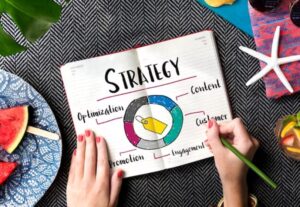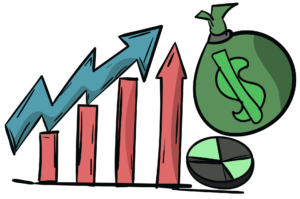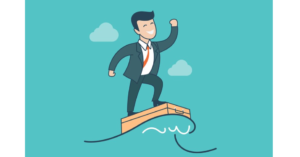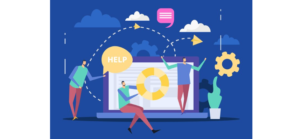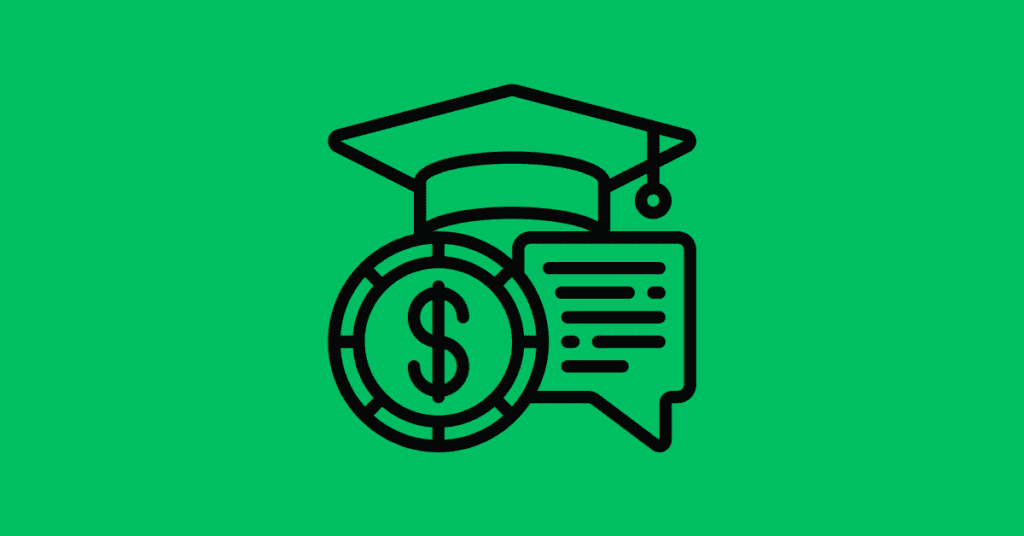
Finance literacy will allow you to live the life you dream of.
A life of financial freedom.
Most people don’t know how to manage money, and they live a mediocre life because of it.
You don’t have to be most people.
The best time to begin improving your financial literacy is now.
What Does It Mean to Be Financially Literate?
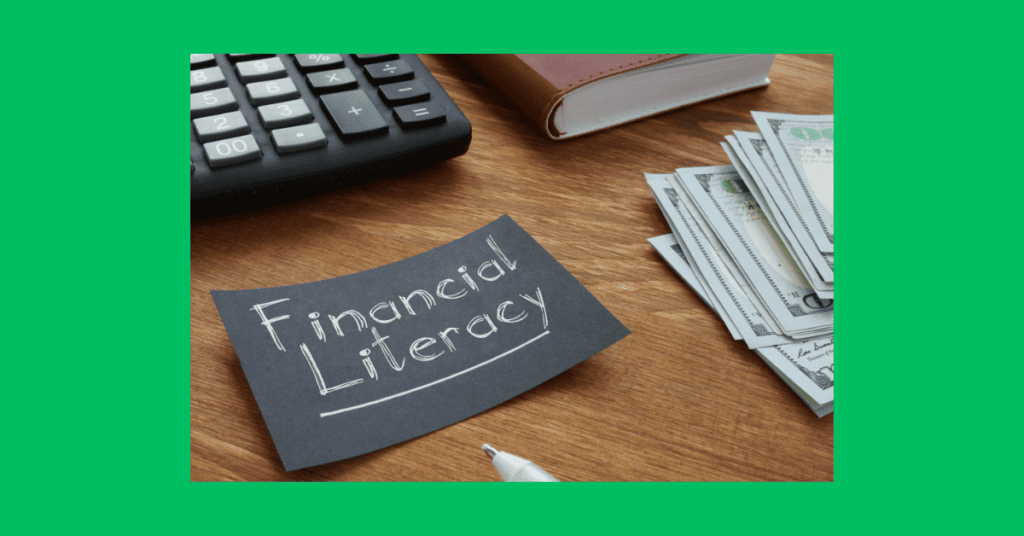
Financial literacy is something I’ve been working on since I was 16, when I first moved out of my parent’s house. It meant being able to take care of myself and proving responsibility. As I got older, it started representing more. Now, financial literacy means freedom. If I can be good at this money game, I will have more freedom to live on my terms, doing things that bring me joy. This goes for anyone who wants to put effort into their financial literacy education.
Being financially literate means having the knowledge, skills, and confidence to manage one’s finances effectively. Financial literacy means understanding various financial concepts and products, such as budgeting, saving, investing, debt management, and insurance.
If you have financial literacy, you can make informed decisions about your finances, including choosing the right products and services, avoiding scams and other financial frauds, and planning long-term financial goals. Financial literacy includes understanding the risks and potential returns associated with different financial products and how to choose the proper ones for your needs wisely.
Financial literacy is an essential life skill that can help you make better financial decisions and achieve greater financial security and stability. Having this kind of financial knowledge will increase the likelihood that you will build wealth over time and never find yourself in poverty.
How do I become financially literate?
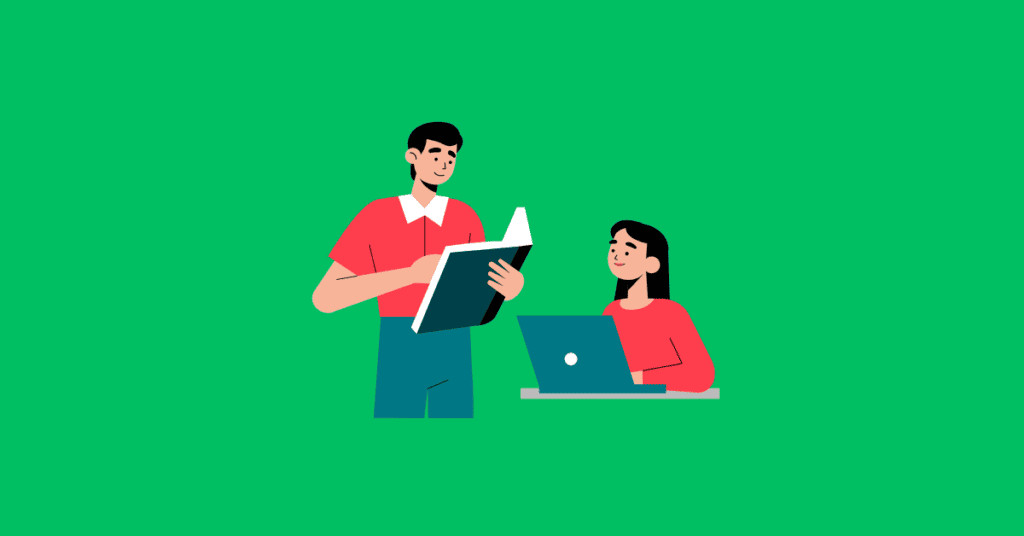
As with everything in life, financial literacy gets better with practice. Using and learning as much as possible about the strategies in this blog and tracking your finances will build that brain muscle. Start with small changes, and as you know, keep challenging yourself to gain more and more knowledge. A financial professional doesn’t have to be difficult to find. Many credible sources on platforms like YouTube share information for free. There are also many financial literacy topics you can find in blogs.
If you are using these as sources of information, be cautious and check the credentials of the creator of the content. We want to be financially literate consumers, so dive into the speaker’s background and profession and look for accounts with sources to back up what they are saying. Never take advice from anyone without spending time doing your due diligence, and never take advice from someone who isn’t doing what they are teaching.
Learning saving, budgeting, how debt works, investing, and financial planning would be best. I will go into these in more detail in this post.
Money in the Bank
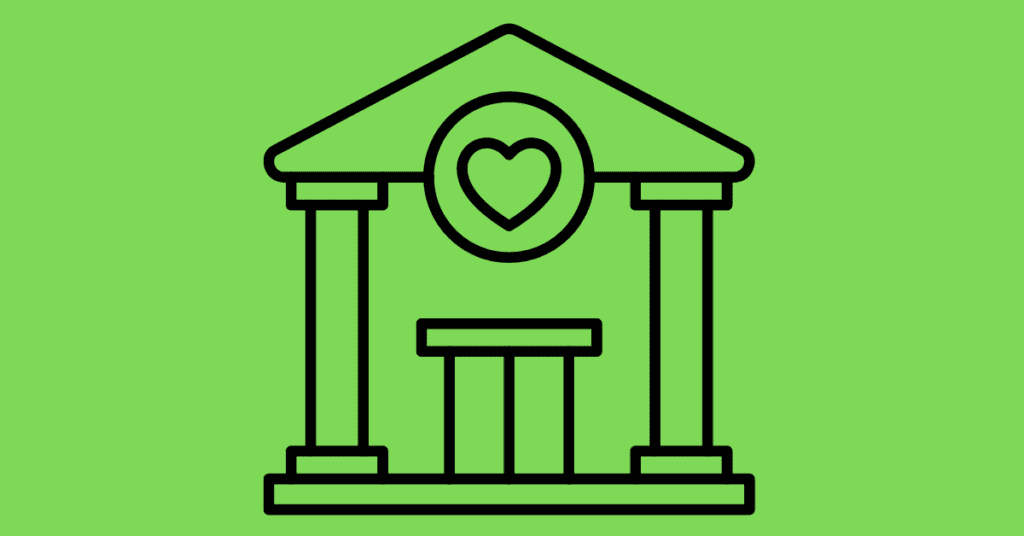
Money in the bank is not the only way to gauge your financial literacy, but it is one of the most common. Having money in the bank is important because it reflects your spending habits and cash flow. Your financial stress will decrease with extra monthly capital in your bank account.
It’s estimated that 74% of American families have trouble making ends meet, so our country lacks financial education. This post will help you gain basic financial knowledge to start your journey to better financial health.
After reading this, I hope you will have actionable steps to help you understand basic financial concepts to build a savings account, increase your monthly cash flow, and manage money to bring you economic well-being and retirement savings.
Checking Account and Savings Account
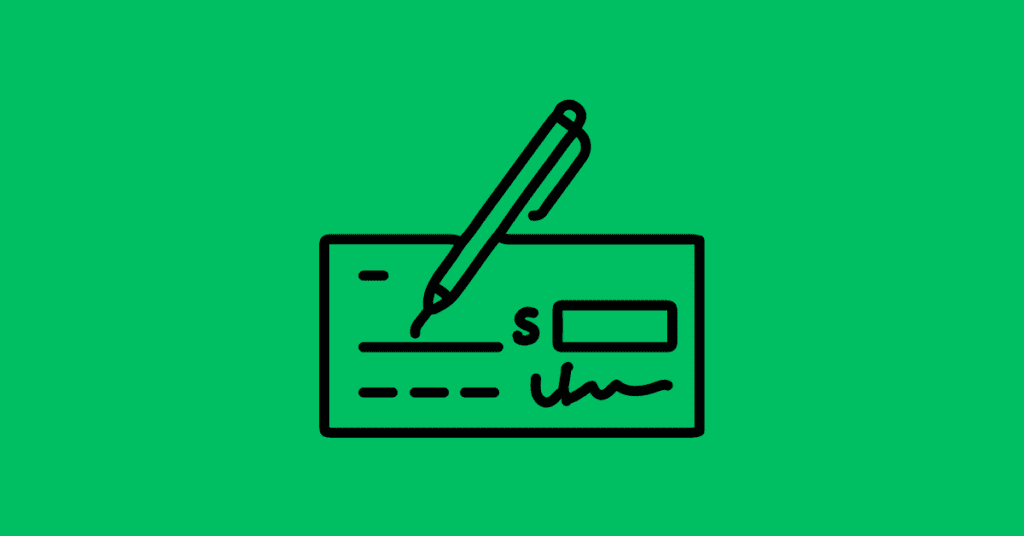
Step number one to financial literacy is to open two bank accounts, a checking account and a savings account. This is a place where you put your money so that you can track the inflow and outflow. It’s a much better way to keep money, not just cash in your pocket that you spend without thought.
Not all banks are created equal, so I recommend shopping around. When choosing your bank, you’ll want to consider the fees charged to keep your money there, the rate of return they offer on their accounts, and ensure there aren’t any transaction limitations.
Some banks charge fees if you don’t meet a minimum balance requirement. I’d recommend avoiding these types of accounts when you’re starting. Look for free checking accounts.
It’s common to get a 2% return on your savings account. This is standard, so don’t go with anything less. Receiving and reinvesting the interest allows you to take advantage of compound interest. Compound interest is a strategy to achieve exponential growth over time. It is a significant factor in building wealth and a topic I will cover in greater detail in a future blog post.
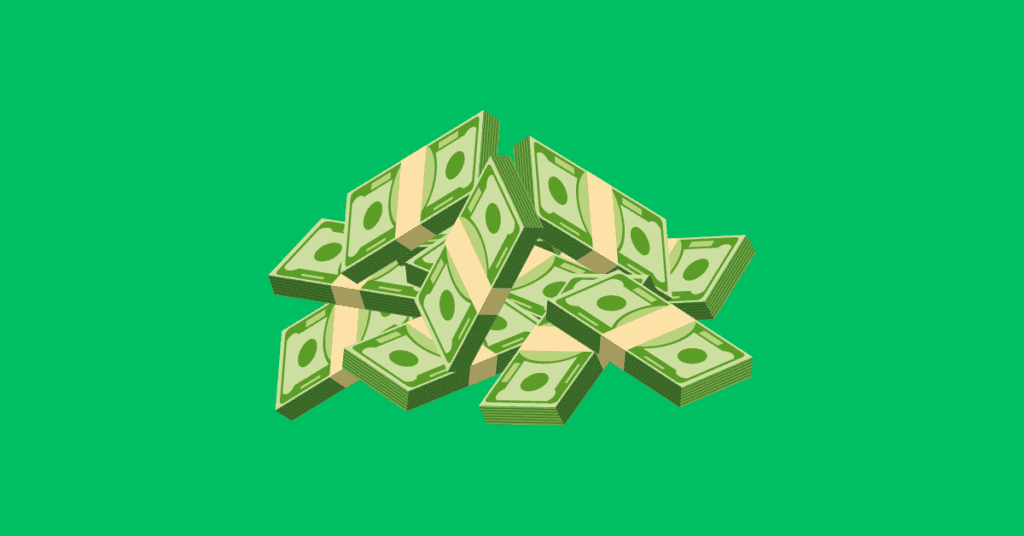
Once you have your accounts set up, use the resources provided by your bank. It will take some time upfront, but setting up your budget and categories will save you time in the long run when you evaluate your spending habits at the end of each month. This monthly exercise will open your eyes to how money flows through your accounts and what habits you need to change. It will give you insightful information that you can use to set goals and make adjustments.
What Does Credit Have to Do With Financial Literacy?
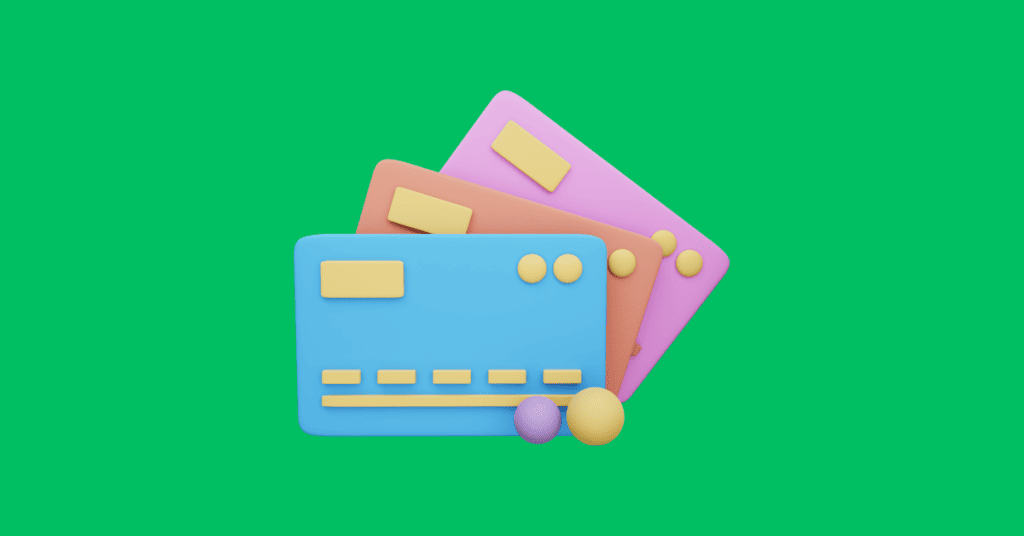
When you’re young, credit is annoying. It would be best if you had it but can’t get it because you don’t have it. It’s something you should start building responsibly from the time you turn 18. A low credit score can prevent you from being a financially healthy being and hinder your economic life by limiting your ability to leverage credit.
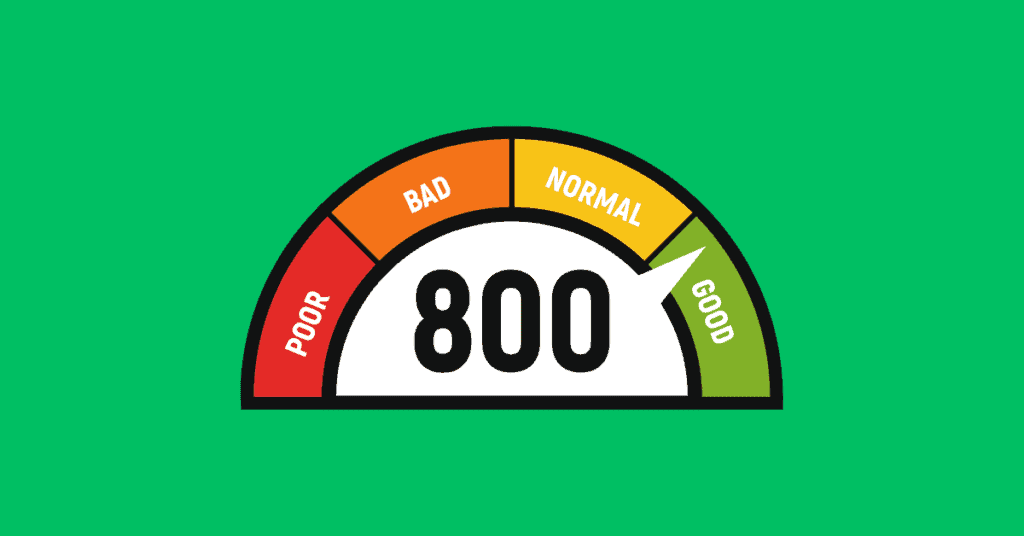
Having good credit is important because it can have a significant impact on an individual’s financial situation. Credit refers to the ability to borrow money or access credit products, such as credit cards, loans, and lines of credit. A person’s credit score and history can affect their ability to obtain credit and the terms and interest rates offered.
As a financially literate person, you will understand how credit works and how to use it responsibly. This includes understanding how to build and maintain a good credit score, avoiding excessive debt and high-interest loans, and making payments on time to avoid late fees and negative impacts on your credit history.
In addition, financial literacy also involves understanding the various types of credit products available and selecting the ones that best meet your needs and financial situation. For example, a financially literate person may choose a credit card with a low-interest rate and rewards program that aligns with their spending habits and financial goals.
Overall, credit is an essential aspect of financial literacy, and understanding how credit works and how to use it responsibly can help you achieve excellent financial stability and security.
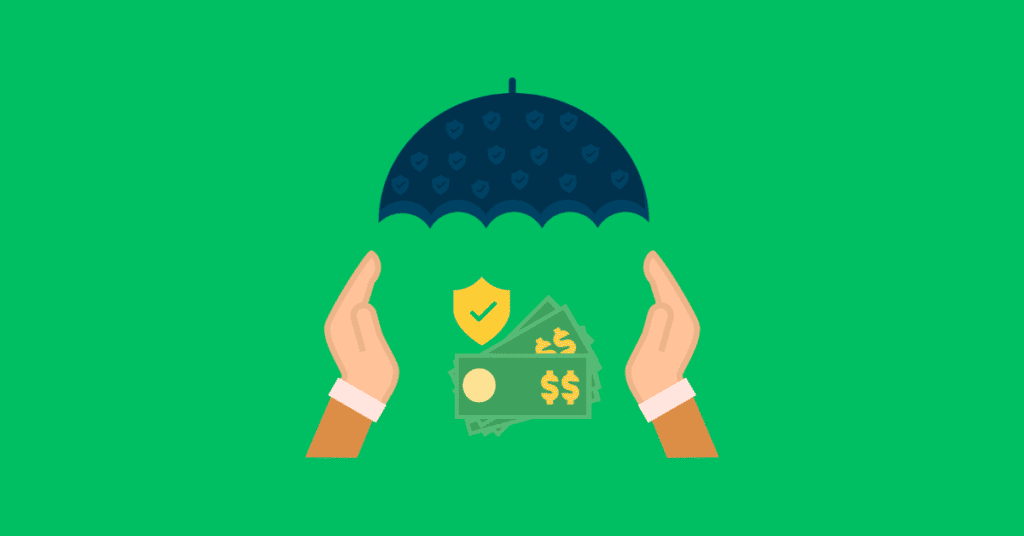
Credit is a term used to describe using other people’s money. It’s money you borrow and must repay, most typically with interest. Using a credit account is a form of leverage. You can purchase things and have money in the bank. Using credit responsibly can be great, but if misused, it can also be terrible.
Credit Card Options
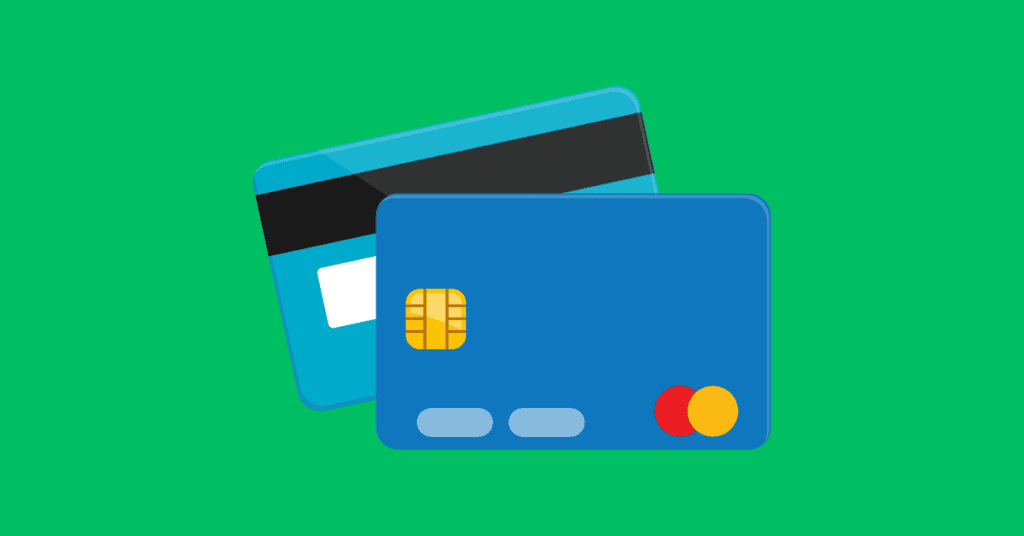
Credit card accounts typically have very high interest rates, 18% on average. This means that for every $100 you spend, you must pay $18 in interest expense. A significant reason people can’t get out of debt is because of credit card debt. Avoid using a credit card unless you pay the credit balance off monthly. Doing this will keep you from paying interest and getting trapped in a deep debt hole.
If you use a credit card to make significant purchases or spend more than you can pay off at the end of the month, you start to get behind because of the interest payments. This is a trap that many people fall into. It’s common for people only to pay the minimum payment each month and to continue to spend using their credit card until they reach their credit limit. The credit card company loves this because they are making a lot of money off of you in the form of interest payments, and they will allow you more credit if you have been diligent about making your monthly payments on time. This allows the vicious cycle to continue and traps you in the credit cycle.
Because of this, it’s best never to use a credit card to spend money you don’t have. If you use credit cards, the best way to do it is to have one and choose it wisely. If you decide to use credit and do it responsibly, you can earn money using the credit card. Let me explain how to do this by choosing the right credit card.
Choosing the Right Card
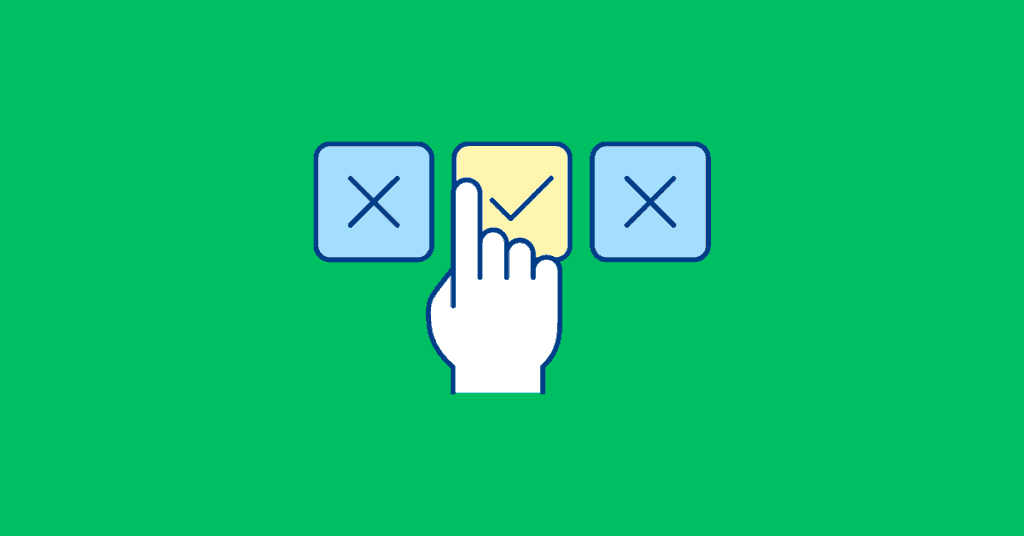
There are many cards out there that offer cash-back options. This is the type of card I use, and I get a decent size check at the end of every year based on how much I spend. My card gets 2%-4% cash back. You want to ensure no hidden fees when searching for the right card. Some cards charge you an annual fee to use them; don’t go with one like this.
When you have the self-discipline to pay off your credit card balance every month, it’s a good idea to get a cash-back card and use it for all of your monthly expenses. By doing this, you are running your entire budget through your credit card, which will pay you a percentage back at the end of the year. Use only this card and not your debit card or checks.
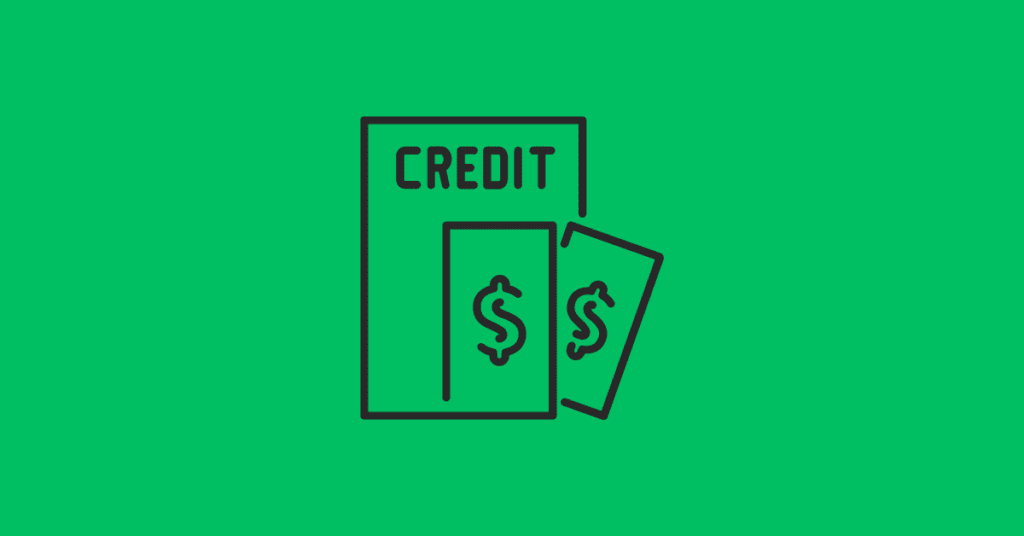
Because of its design, you want to use that card for everyday expenses. I want to warn you, though, this is another trap you could fall into. If you are going to do it this way, you must make sure you pay the entire balance off each month to avoid paying interest and that you are following a pre-set plan you laid out for yourself. Self-discipline is critical to success with this.
Lines of Credit
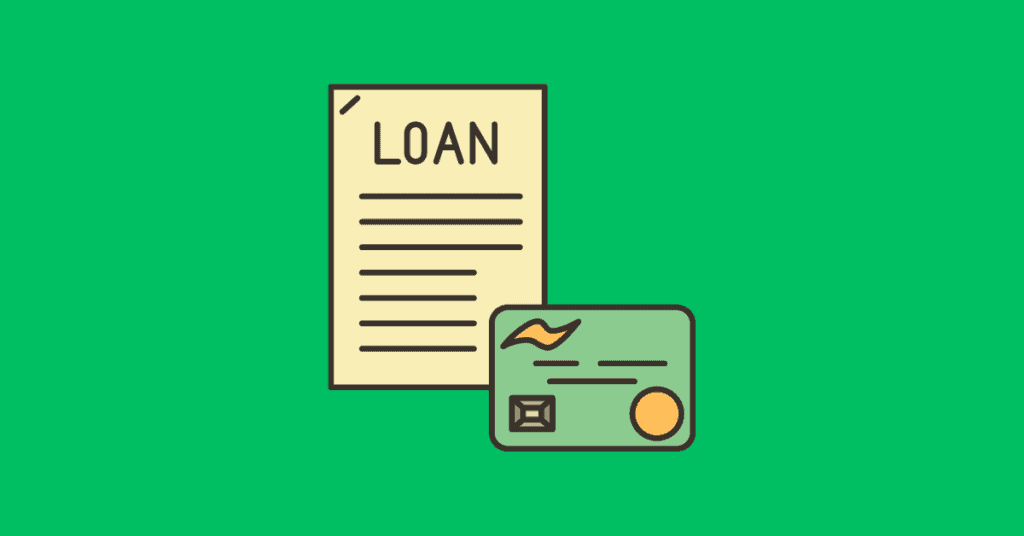
There are other credit accounts as well. You can open lines of credit through your bank—these credit accounts typically lower interest. Hard assets can back them, like your home, or your income can support them.
This type of credit is often used to pay off higher-interest debts, finance business activity or home improvements, and help with cash flow. I would only use a line of credit to purchase a cash-flowing asset. For example, as a landscape company owner, I would consider using a line of credit to finance equipment that will generate more monthly income than my monthly payment. Doing this is an example of how leveraging credit can be magical.
Credit as Leverage
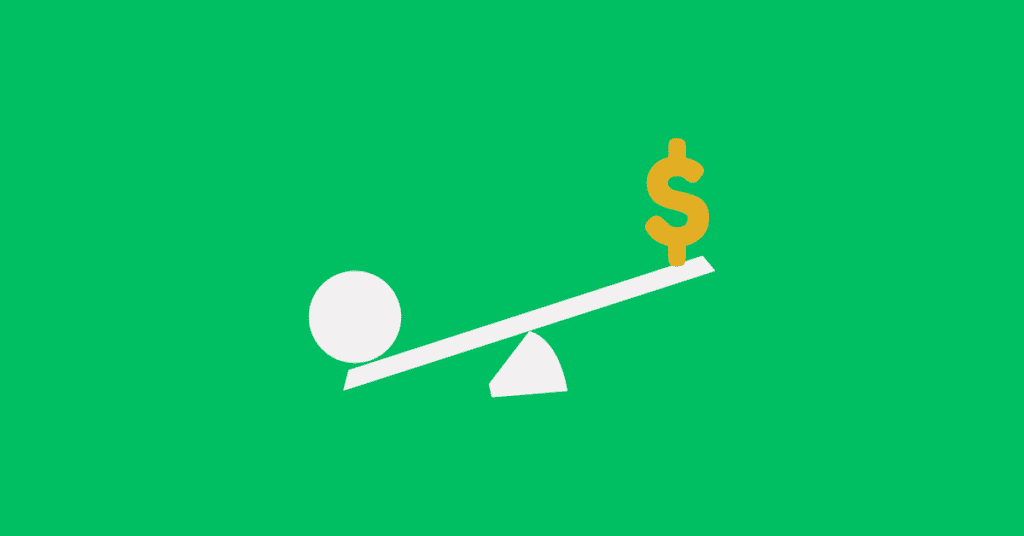
Using credit as leverage is a skill for the advanced financially literate so I won’t go into too much detail about this. I want to touch on it here so that you know the possibilities ahead if you grow your money management skills and increase your credit limits. This requires in-depth financial planning.
Once you learn to use credit in a way that earns you money, this is called leverage. You can use money that isn’t yours, and it costs you little to nothing to borrow to make purchases that make you money. For example, if your credit score is good and you have a home in which you have equity, you can take a cash-out refi and use that money to invest in an investment option that pays more than the interest rate you pay for the money you borrowed. This means you are earning money on that borrowed money.
If this sounds interesting to you, I will be writing a blog on this at a later date, so stay tuned.
Credit Reports and Credit Scores
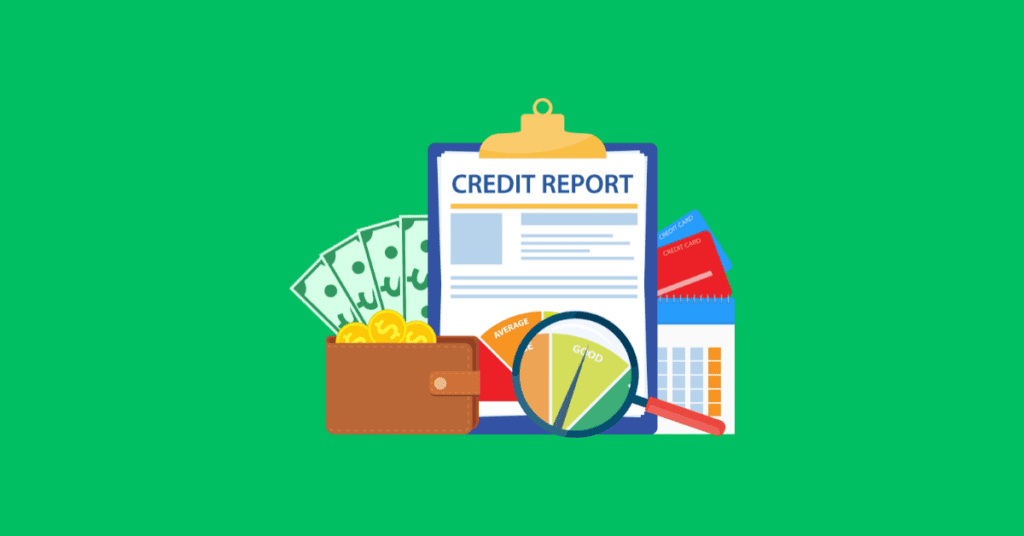
Next, consider what’s on your credit report and score. You want to ensure you have a solid credit history so that if you ever need to make significant purchases or want to use credit as leverage, you can have higher credit limits and lower interest rates.
A credit report is like a report card for your financial responsibility. You can get your free credit report through your bank or an online service. You want to have the highest credit score possible because whenever you need credit, the institution you use will use your credit score to determine whether you are worthy of a loan.
Credit scores are determined by a few factors: payment history, credit usage, mix of installment and revolving accounts, credit age, and credit inquiries.
The way to a good score is to start building credit as soon as possible to show the most extended credit age possible, then make sure you are diligent about always making payments on time. You want your credit usage to remain below 50% of your total available credit and to have a mix of revolving credit and installment accounts. It’s also good to know how many times you’ve applied for credit. If you do so too often, it will lower your score.
Revolving Credit vs. Installment Credit
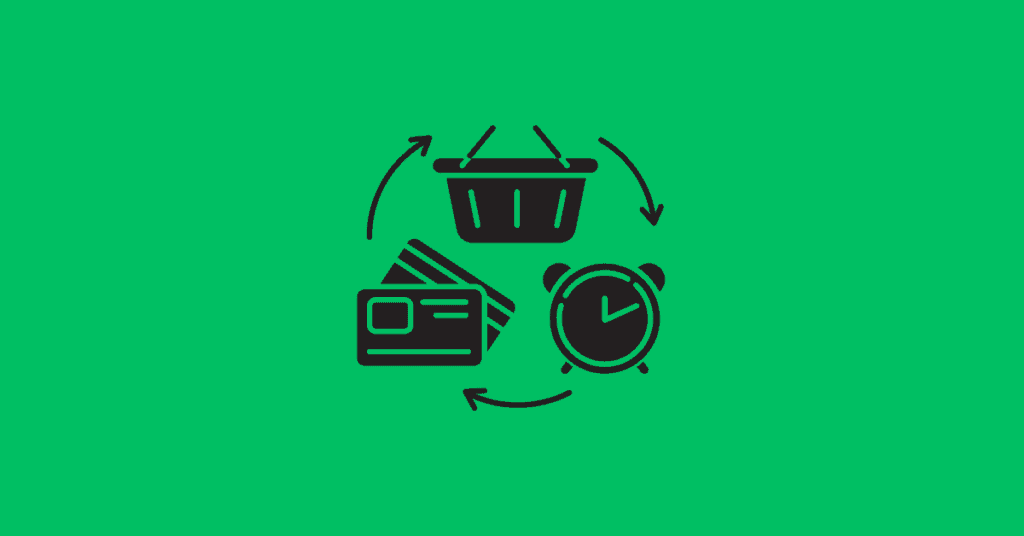
Revolving credit refers to a credit line that allows you to borrow up to a certain amount of money at any time, as long as you make payments on time and keep your balance below the credit limit. Examples of revolving credit include credit cards and lines of credit. With revolving credit, you can borrow money, pay it back, and borrow it again repeatedly. Interest is charged on the amount you borrow.
On the other hand, installment credit refers to a loan repaid over a fixed period in regular, scheduled payments. Examples of installment credit include mortgages, car loans, and personal loans. With installment credit, you borrow a specific amount of money and agree to repay it in equal installments over a set period, usually several years. Interest is also charged on the loan, which may be fixed or variable.
The critical difference between the two types of credit is how they are repaid. Revolving credit allows you to borrow and repay as needed, while installment credit involves borrowing a fixed amount and repaying it over a set period. Additionally, revolving credit typically has higher interest rates than installment credit since it is considered riskier due to the flexibility of repayment terms.
Signs of Financial Trouble
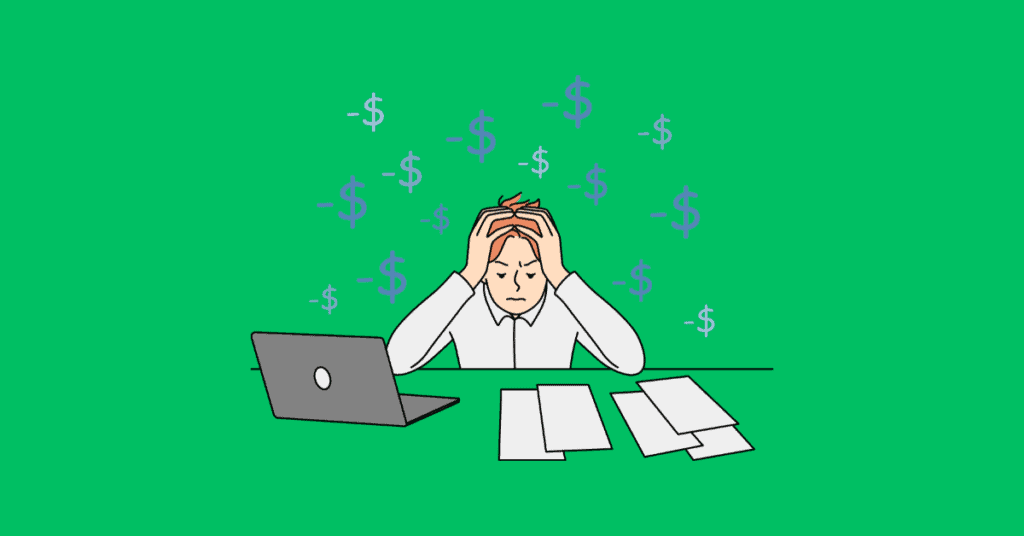
Part of financial literacy is being able to spot trouble when it arises. Financial trouble is a leading cause of stress, and too much of it can ruin your economic well-being. The key factors to look for as signs of financial trouble are:
Too many monthly bills that exceed your monthly income
A checking account that is drawn down to zero each month which may result in overdraft fees
A credit card balance that you are unable to pay off
Lack of a savings account
Zero retirement savings
Poor credit scores
Strategies to Improve Financial Literacy Skills
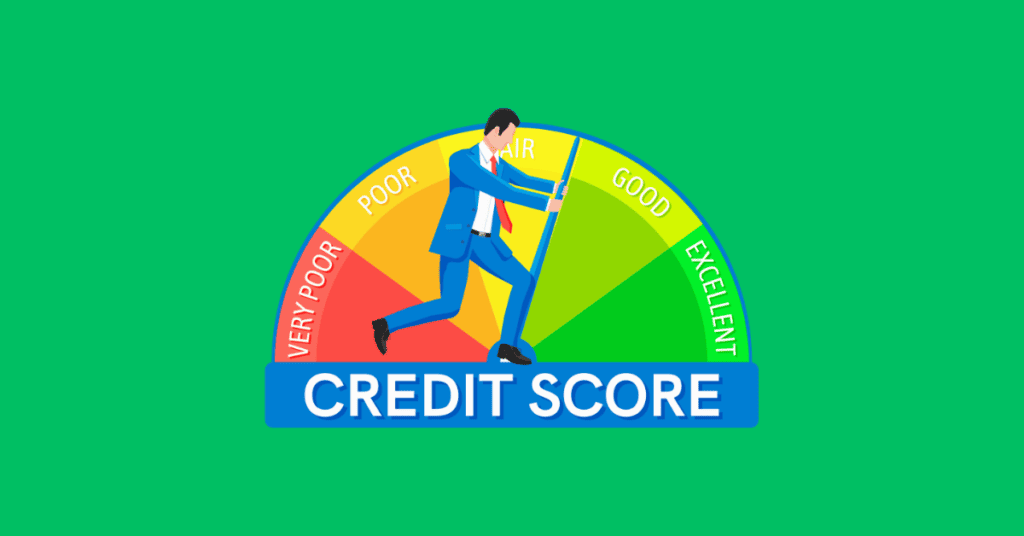
The primary strategy I would implement to increase financial literacy is to keep a budget, which I like to call a personal financial statement. Doing this will inform you how money works and flows in and out of your bank account. Financial planning starts with knowing your current situation and your economic life. A personal financial statement, broken down by month, will allow you to grow a solid financial literacy foundation from which you can build.
If you need help with your monthly budget, you can read more about it here.
Another strategy for improving your financial literacy skills would be to listen to podcasts about the topic. Financial literacy education doesn’t have to be expensive. I learned much on my journey by listening to Rich Dad’s Radio. Robert Kiyosaki has an educational board game that can teach you how money works.
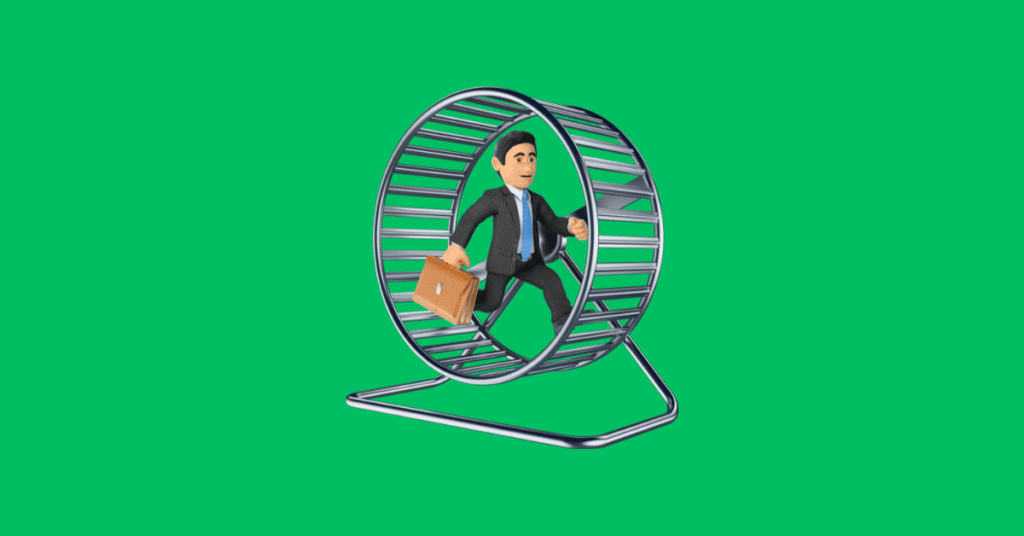
A third strategy would be to hire a financial professional, like a certified financial planner or personal coach, who can help you one-on-one with your budget and learn how money works. Investing in your financial education will pay dividends for the rest of your life by allowing you to make confident financial decisions and achieve your goals.
Debt Management
Debt management is keeping track of your credit cards, mortgage payments, auto loans, and other forms of debt so you can ensure that you reach the financial goal of having a favorable credit report and are never held back by an inability to get funding.
Paying off Credit Cards
As I mentioned earlier in this post, you don’t want to carry debt on credit cards. If you have credit card debt currently, you will want to pay it off as soon as possible. Stop using it altogether and begin paying as much as possible to pay it down quickly and save yourself from paying more interest payments.
If you have multiple credit cards to pay off, here’s what I would recommend:
Pick the card with the highest interest rate or the most significant balance and begin paying at least $25, but as much as you can, over the minimum payment; do this until it is paid off
Do step one again with the next card, but this time, take the total amount you were paying on the last card and put it toward this card.
Example: You were paying $200 per month on the card you just paid off; now take that $200 and apply it to the next card to pay $200 over the minimum payment.
Continue this process until all credit cards are paid off
Doing this will accelerate the rate at which you pay the cards off. Once your cards are paid off, you will have more cash in your budget to begin putting in your savings account.
Tracking Your Spending
Use your budget to track your spending. You can use the one I created here if you don’t have one. You can find the spreadsheet at the bottom of the blog post.
Begin by setting a financial goal and write it down. If you need help with goal setting, you can learn more here. Monitor your monthly budget by going through your credit card and bank statements at the end of every month and filling in the “Actual” column of your budget or personal financial statement.
Once it’s all filled out, you will compare your budgeted amount to your actual amount. This will bring clarity to where you need to make adjustments in your spending habits. Be consistent with this so that you can adapt as you go.
Money management evaluated regularly will make major financial decisions seem less daunting because you will be familiar with your finances, and you will likely have a plan already in place for how you want to handle such events, like having tax planning in place to pay income taxes.
Insurance
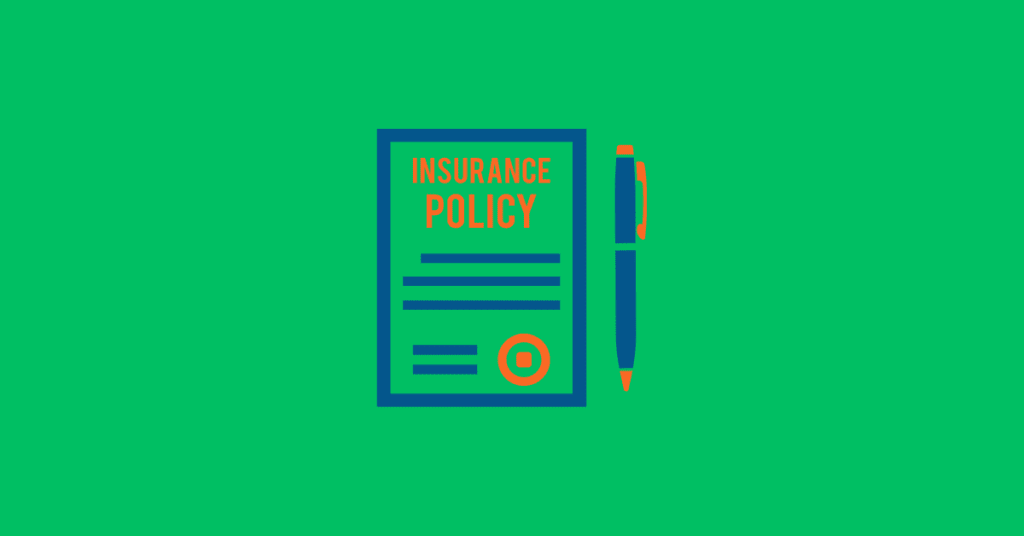
One of the primary causes of bankruptcy is unexpected medical bills. For this reason, health insurance should be part of your financial literacy plan. It is a significant expense if you live in America but even more considerable if you have a medical emergency that costs hundreds of thousands of dollars.
If the expense of insurance is something you don’t believe you can afford, government assistance is available. You can get subsidy help here. This is not a step to skip because one accident can ruin your financial plan.
Conclusion
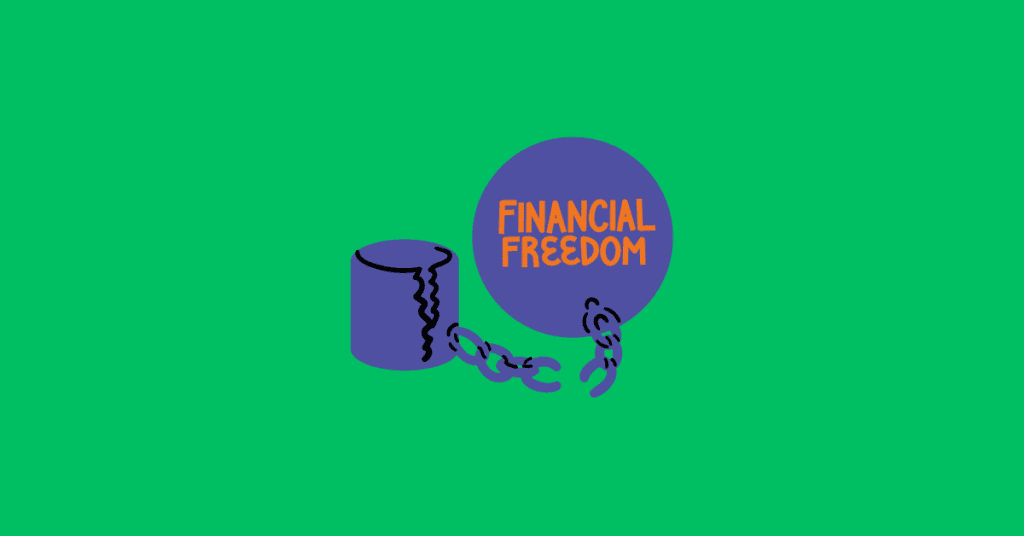
No, you know what? Financial literacy is a skill that will enable you to be your own personal finance genius, and it’s essential to live a life of abundance and financial freedom. Take what you learn here, begin your journey today, and keep learning as you break free from those handcuffs of debt.


